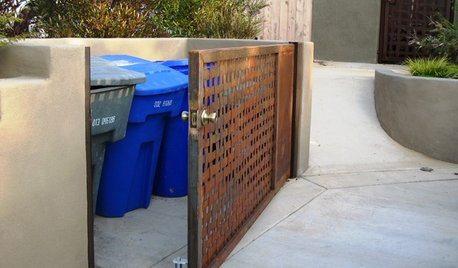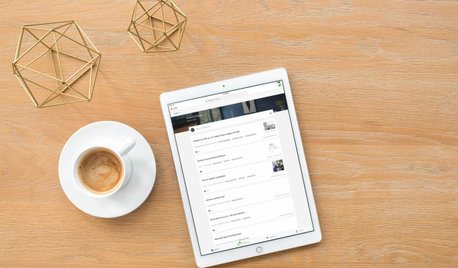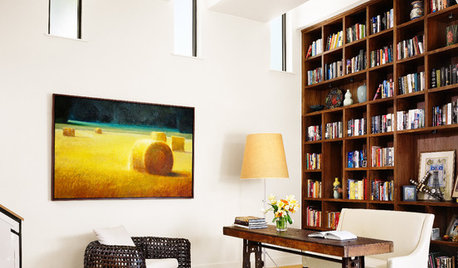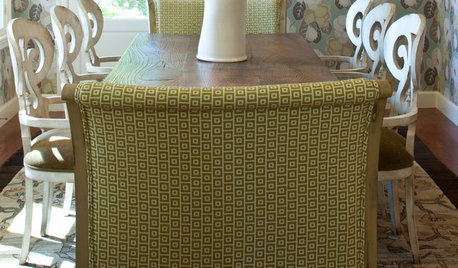So, let's talk binding
jennifer_in_va
9 years ago
Related Stories

PRODUCT PICKSGuest Picks: Let’s Talk Tubs
Find just the right bathtub no matter how you like to soak
Full Story
GARDENING AND LANDSCAPINGLet's Talk Trash Bins
No one gazes fondly on garbage cans. Keep your street cred intact and your bins under wraps with these camouflage solutions
Full Story
FURNITUREExpert Talk: Dreaming of a Daybed
Whatever color, pattern or style flits through your fancy, today's daybeds let you have it — and practicality too
Full Story
MOST POPULARHouzz TV: Let’s Go Island Hopping
Sit back and enjoy a little design daydreaming: 89 kitchen islands, with at least one for every style
Full Story
GREEN BUILDINGLet’s Clear Up Some Confusion About Solar Panels
Different panel types do different things. If you want solar energy for your home, get the basics here first
Full Story
BASEMENTSDesign Workshop: Is It Time to Let Basements Become Extinct?
Costly and often unnecessary, basements may become obsolete — if they aren’t already. Here are responses to every reason to keep them around
Full Story
REMODELING GUIDESHave a Design Dilemma? Talk Amongst Yourselves
Solve challenges by getting feedback from Houzz’s community of design lovers and professionals. Here’s how
Full Story
FURNITUREDesign Talk: What is a Settee?
See This Elegant Seating Solution in Dining Room, Office, Entry and Bedroom
Full Story
DINING ROOMSExpert Talk: Treat the Eyes to Dining Room Wallpaper
For a visual feast and plentiful servings of style in the dining room, pro designers show how wallpaper fits the bill
Full Story
REMODELING GUIDESExpert Talk: Wall Dividers Pull Rooms Together
Open layouts are popular, but these designers explain how a little division can sometimes finish the look of a room the way nothing else can
Full StorySponsored
More Discussions









toolgranny
grammyp
Related Professionals
Fargo Furniture & Accessories · Encinitas Furniture & Accessories · Kendall Furniture & Accessories · Belvedere Park Flooring Contractors · Del Aire Flooring Contractors · Federal Way Flooring Contractors · Homestead Flooring Contractors · Huntington Station Flooring Contractors · New Bern Flooring Contractors · Oakdale Flooring Contractors · San Tan Valley Flooring Contractors · Tucson Flooring Contractors · Franklin Furniture & Accessories · Encinitas Furniture & Accessories · Zionsville Furniture & Accessoriesritaweeda
msmeow
teresa_nc7
quiltingfox
nanajayne
beth7happy
csackett
jennifer_in_vaOriginal Author
msmeow
beth7happy